The content of the article
The foot is one of the most vulnerable parts of the body. It is the load that comes during intensive training, jogging, cycling and regular walking. A person has enough time to slip, tuck or hit his leg, and cracks and small tears can form in the ligaments of the ankle joint. Such damage is called stretching. An injured foot is treated at home, but is first consulted with a doctor.
First aid
The risk of tuck up the leg increases if the person:
- wears high-heeled shoes;
- engaged in professional sports;
- has diseases of the gastrocnemius muscles;
- suffers from high arch of the foot.
At risk are people with obesity, because excess weight increases the load on the foot. Doctors advise to gently move on a slippery and bumpy road, carefully look at your feet and play sports only in the appropriate shoes.Do not turn too abruptly, and use flat orthopedic insoles for flat feet.
The person who turned the foot, you need to lay on the sofa or bed. If you can not, then sit on a chair. The main thing is to immobilize the victim. When stretching it is forbidden to walk and, moreover, to run, otherwise the cracks in the soft tissues increase, and the chance that the ligament is completely separated from the bone increases.
First and second degree injuries are treated at home. The damaged foot is wrapped with an elastic bandage and lifted above the body. Put a few small pillows or a blanket roller. Liquid will accumulate in soft tissues due to rupture. So that the leg does not get too swollen, something cold is applied to it. For example, ice wrapped in a towel, or a piece of frozen meat wrapped in a clean cloth.
On the first day after spraining, the following is prohibited:
- knead damaged muscles and do massage;
- apply warm compresses;
- to take a bath;
- soar legs.
These methods only increase the edema and hematoma, which is formed due to the rupture of small capillaries. In the affected joint, you can rub ointment, which soothe and numb.For example, "Viprosal" or "Kapsoderma". Inside take anti-inflammatory drugs and drugs that relieve spasm. Diclofenac or Ibuprofen will do. When the temperature rises, "Paracetamol" is permitted.
The main thing is to move less and not to load the joints. Rest more, because during sleep the body recovers much more actively.
When home treatment only hurts
Patients with a third degree of stretching can not do without medical care. In such cases, the ligaments are completely separated from the bone. The joint does not resist under load, there is abnormal mobility of the foot. The third degree of stretching indicates:
- the sharp and strong pain appearing at each, even minimal, movement;
- tingling in the injured leg;
- numbness of the foot or calf muscles, indicating damage to the nerve fibers;
- crunching when moving a joint or clicking;
- swelling and redness of the skin;
- hematoma forming around the injured joint;
- the foot flexes at too large an angle or loses mobility;
- fever and chills.
A patient with a third degree of stretching has only one way out - surgery. The surgeon stitches torn tissue and attaches to the bone. Rehabilitation and restoration of joint mobility takes at least 6 months. But if the patient does not promptly seek help, he risks being left disabled and will not be able to walk without help.
Compresses and lotions
If nothing serious happened, the patient is advised to lie down at home for 2–3 days until the swelling decreases. Ointments and anti-inflammatory drugs are recommended to be supplemented with homemade compresses from improvised means. They will restore blood circulation in the affected joint, strengthen the injured soft tissues and accelerate the regeneration of ligaments. In the arsenal of traditional medicine there are several effective recipes:
- A large potato, not peeling, grate a large grater. Easier and faster chop the product blender. Root paste spread on cheesecloth. Compress gently squeeze, so that the juice does not spread throughout the leg, and wrapped around the affected foot.
- Form a small pouch from linen or cotton.Fill it with blue or red clay diluted with boiled water. You can simply add a little liquid to the powder and form an elastic dough. Clay cake closes the injured ligaments and leave to dry. This recipe helps with edema and hematomas.
- The pain is reduced by decoctions of tansy flowers. The medicine is prepared from a cup of distilled water and 90 g of grass. Basis for lotions boil for 10 minutes, be sure to cool. Warm compresses will only enhance the discomfort. In broth moisten gauze bandages and bandage the injured leg for 2-3 hours. You can periodically water the fabric to keep it moist and cool.
- With strong inflammation helps aloe. The plant draws excess moisture, tones blood vessels and ligaments. The mask for stretching is prepared from several large sheets, ground in a meat grinder. Spread a thick layer of aloe on the affected limb, capturing and healthy areas. Wrapped with a plastic bag and elastic bandages. Removed after 20-40 minutes, when the vegetal mask begins to heat up.
- Pour 3 chopped garlic heads with a glass of water.Cover the container with the blank for 2 hours with a plate or lid so that the phytoncides do not evaporate from the spicy medicine. In the filtered composition add freshly squeezed juice from one large lemon. Soak gauze dressings in garlic tincture. Phytoncides soothe inflammation, and the citrus component removes edema and resolves hematomas.
- The injured foot is treated with a mask from one large bulb. The product is crushed to a pasty state, frayed with 30 g of sodium chloride or sea salt. The paste is fixed on the leg with a food film and an elastic bandage.
- Fresh elderberry leaves help with stretching the legs. Vegetable billet is washed, frayed in a mortar or kneaded with your hands, like a dough, until juice appears. The drug is spread in 2-3 layers on the injured joint, secured with bandages. The dressing is refreshed three times a day.
- If the patient has not only hematoma and edema, but also wounds or scratches, use a clay mask. A creamy mass is prepared from powder and water, to which 15–20 ml of apple cider is added, and if not, then table vinegar. Stir with 1 minced garlic clove.First wipe the skin with any antiseptic: diluted with alcohol, peroxide or vodka. Calendula tincture and even salicylic acid will do. A cotton napkin is moistened in the clay mass so that the fabric is well saturated with the composition. The compress is wrapped around the decontaminated foot, fastened with a plastic bag and wrapped around the joint with woolen cloth to improve blood circulation. Removed after 2 hours, rinsed the leg with herbal decoction and rubbed ointment into it.
Restoration of mobility
In the first days it is important to remove the swelling and pain. Then the patient needs to reduce the hematoma and start the regeneration of the damaged ligaments. To restore the mobility of the foot, you can use folk remedies.
Helps bath of elderberry. Fresh fruits boil for 10–15 minutes. The liquid is drained, mash the cake and also added to the broth. Sick leg immersed in elderberry compote for 20-30 minutes, periodically topping up with hot water.
You can take foot baths with mustard. The spice warms and accelerates blood circulation in the injured tissues, so the hematoma is absorbed faster. At 5–6 l of liquid take only 1 tbsp. l powder.The components are thoroughly stirred to dissolve the mustard. Sick leg is immersed for 5 minutes, then rest the same. The procedure is repeated several times. The rest of the mustard solution is rinsed with plain water or a soothing broth.
Swelling is reduced thanks to homemade milk. The product is heated to 55-60 degrees, moisten a piece of gauze in it. Slightly squeezed and applied to the damaged ligaments. Top wrapped with a thick layer of cotton and cling film. Remove the compress after an hour, repeated twice or three times a day.
At home, you can prepare anti-inflammatory ointment. The composition of the means of stretching ligaments include:
- garlic - 2 cloves;
- eucalyptus leaves - 50–60 g;
- pork or goose fat - 200 g
The dried plant is ground into powder. Spicy vegetable finely chopped. The ingredients are poured into fat melted in a water bath and boiled for 10 minutes. Ointment insist a few hours, reheat and filter. Garlic-eucalyptus medicine is rubbed into the injured leg three times a day.
To restore damaged ligaments, you need to perform special exercises. First, it is a slow circular motion of the foot to the right and left.Then you need to tilt the leg to itself and pull the sock in the opposite direction. If gymnastics causes discomfort, you need to stop exercising. You can not overstrain the injured ligaments and joints, otherwise the inflammation will increase, and swelling will again appear.
Patients with this problem can benefit from warming and electrical procedures. You can sign up for a massage to restore metabolic processes in soft tissues.
Sprains can be treated only with home remedies, but it is better to combine compresses and foot baths with ointments, anti-inflammatory drugs and special gymnastics. Before using any method, it is necessary to consult with a traumatologist and make sure that this is not a fracture or a rupture of soft tissues that requires surgical intervention.
Video: therapeutic massage for stretching the muscles and ligaments of the ankle

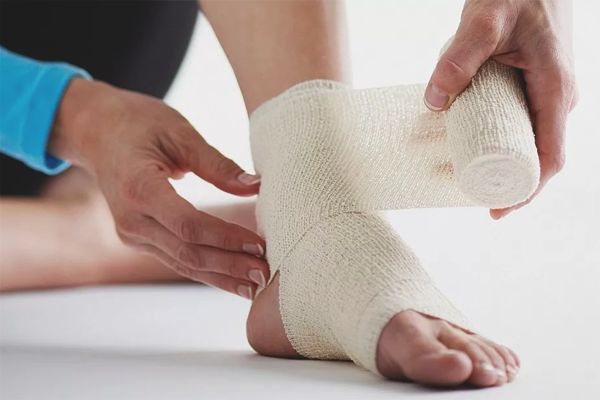

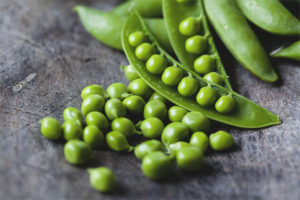

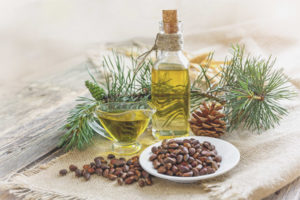

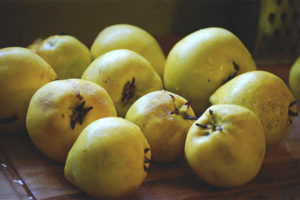

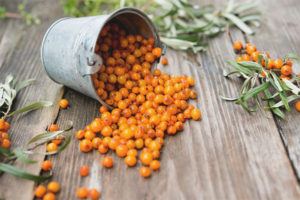
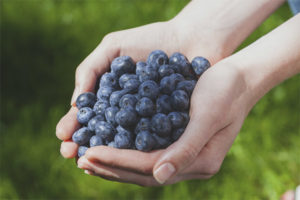
To send